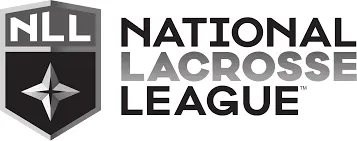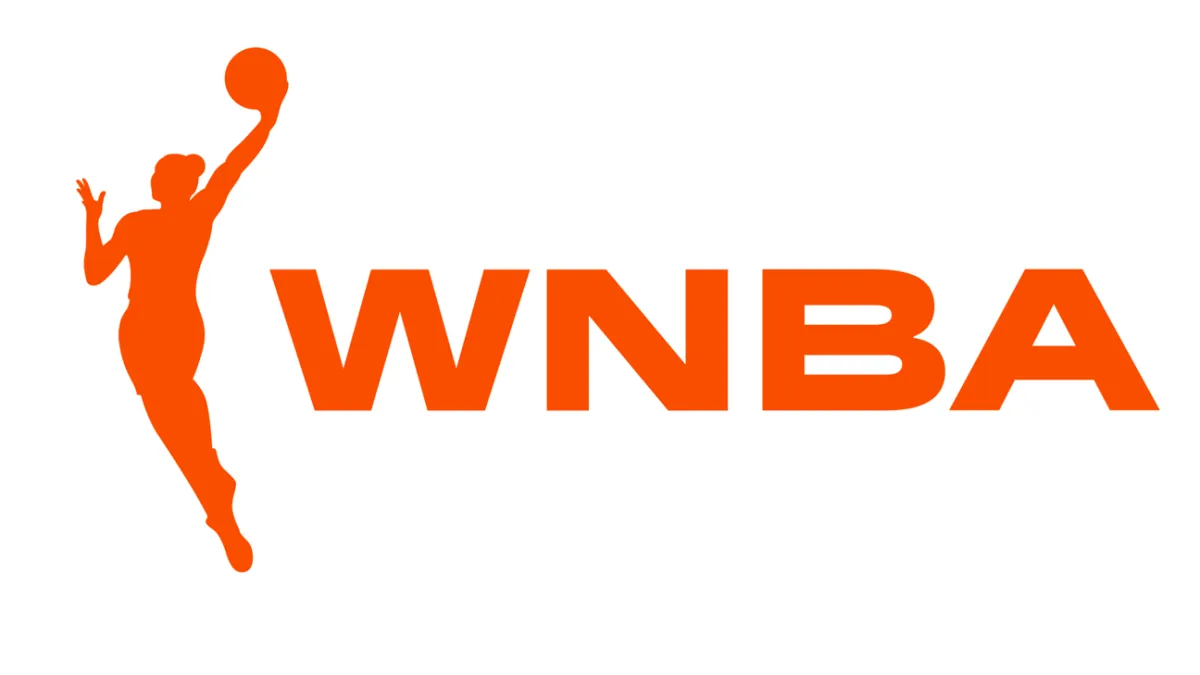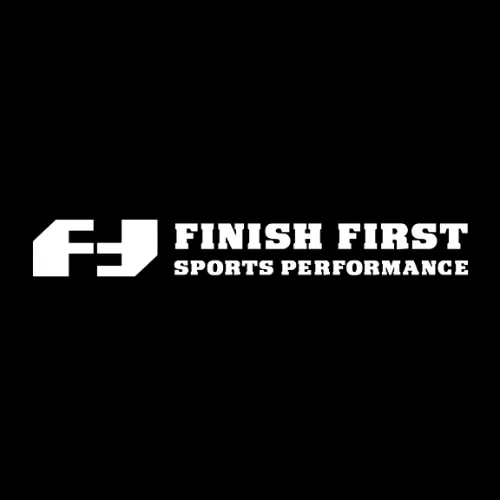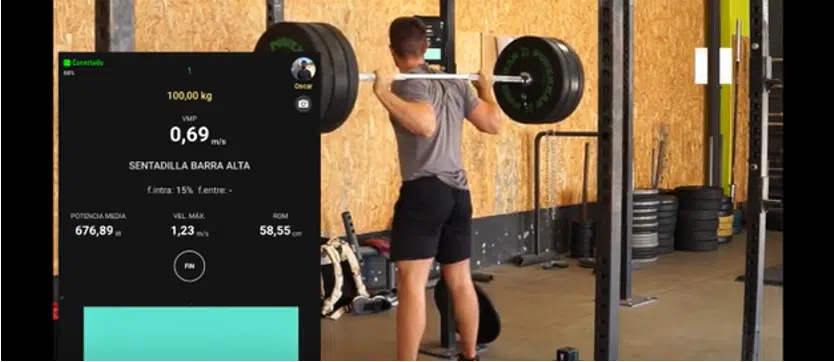Maximize Your Training
Use Velocity Based Training Devices for Instant Feedback and Load Monitoring for Speed and Power
WE HAVE COACHED ATHLETES FROM THE FOLLOWING ORGANIZATIONS:












Pushing the Limits:
The Science and Benefits of Velocity-Based Training (VBT)
Training smarter, not just harder, is the key to maximizing athletic performance. Velocity-Based Training (VBT) uses bar speed as a measurable metric to optimize strength, power, and athletic development. By focusing on movement velocity rather than just lifting heavier weights, athletes can fine-tune their training intensity, reduce the risk of overtraining, and improve sports performance.
What Is Velocity-Based Training (VBT)?
VBT measures the speed (velocity) at which a lift or movement is performed using specialized tools like linear position transducers or accelerometers. Rather than prescribing loads as a percentage of an athlete's one-rep max (1RM), VBT focuses on maintaining a specific velocity range to target different training adaptations such as power, strength, or speed.
For example:
High Velocity: Targets speed and power development.
Low Velocity: Focuses on maximum strength gains.
The Benefits of Velocity-Based Training
1. Optimized Training Intensity
VBT tailors the weight lifted to an athlete’s readiness on any given day. Factors like fatigue, stress, and recovery can influence performance. By tracking bar speed, athletes can adjust load and intensity in real time for optimal results.
Example: If an athlete’s bar velocity slows significantly, it indicates they may be fatigued and should reduce load or intensity.
2. Improved Power Output
Power is the foundation of athletic performance. VBT enhances power development by ensuring athletes train in velocity zones that maximize force and speed.
Power Zone: Combining moderate loads with high velocities creates the ideal conditions for developing explosive strength.
Sports Impact: Faster sprints, higher jumps, and quicker reactions on the field or court.
3. Injury Prevention
By monitoring bar speed, VBT reduces the risk of overtraining and helps prevent injuries caused by excessive fatigue or poor form.
Fatigue Tracking: When velocity drops below a predetermined threshold, it signals the need to stop or adjust the set.
Form Focus: VBT encourages athletes to prioritize controlled, explosive movements rather than just pushing through heavy lifts.
4. Real-Time Feedback and Motivation
VBT systems provide instant feedback, allowing athletes to see their performance metrics in real time. This creates a competitive and motivating environment.
Feedback Example: Athletes can aim to match or exceed their velocity from previous sets, fostering continual improvement.
Motivation Boost: Seeing measurable progress keeps athletes engaged and driven to improve.
5. Precision in Training Adaptations
Different velocity ranges correlate with specific training outcomes, making VBT highly customizable:
High Velocity (1.3–1.5 m/s): Speed and movement efficiency.
Moderate Velocity (0.75–1.0 m/s): Power and explosiveness.
Low Velocity (<0.5 m/s): Maximum strength and hypertrophy.
6. Time Efficiency
VBT eliminates the guesswork of load selection and reduces wasted time experimenting with weights. Training sessions become more focused and effective.
Load Adjustment Example: If bar speed indicates the load is too light or too heavy, adjustments can be made immediately.
How VBT Works in Practice
Choose the Right Tools:
VBT devices like linear position transducers (e.g., Vitruve Units) or wearable accelerometers track movement speed and provide instant data.
Set Velocity Ranges:
Establish specific velocity targets based on training goals:
Speed Training:
High velocity, lower loads.
Strength Training:
Lower velocity, higher loads.
Monitor Fatigue:
Use velocity drop-off thresholds (e.g., a 10–20% decline in speed) to determine when to stop a set or adjust the load.
Track Progress:
Compare velocity metrics across sessions to measure improvements in power, speed, or strength.
The Fitness and Performance Applications of VBT
1. Strength Development
By ensuring lifts are performed within the optimal velocity range for strength, athletes achieve maximum force production while minimizing unnecessary fatigue.
Example: Training squats at <0.5 m/s builds raw strength without compromising form.
2. Power and Explosiveness
Power is generated by moving weight at high speed. VBT ensures athletes stay in the velocity zone that maximizes this quality.
Example: Using VBT for Olympic lifts like cleans or snatches, squats, jumps, trap bar deadlifts, or other resistance training movements improves explosive power for sports requiring quick bursts of energy.
3. Speed Training
Speed is critical in nearly every sport. VBT enhances sprint mechanics and reactive strength by emphasizing fast, controlled movements.
Example: Velocity-focused sled pushes or resisted sprint drills.
4. Fatigue Management
Tracking velocity helps avoid overtraining by signaling when an athlete’s performance begins to decline.
Example: If bar speed slows significantly, it’s a cue to stop the set or reduce intensity, preventing overreaching.
The Competitive Edge of VBT
For Middle and High School Athletes:
-Encourages safe, effective strength development during critical growth phases.
-Provides instant feedback, making training engaging and goal-oriented.
-Extremely beneficial for in-season recovery and workload management.
For College Athletes:
-Fine-tunes performance for peak competitions.
-Reduces the risk of overtraining during intense schedules.
-Extremely beneficial for in-season recovery and workload management.
For Adults and General Fitness:
-Focuses on efficient, measurable progress without risking injury.
-Improves functional fitness for daily activities and recreational sports.
Final Thoughts
Velocity-Based Training bridges the gap between science and athletic performance. By focusing on movement speed, athletes and fitness enthusiasts can achieve more precise results, recover better, and avoid unnecessary setbacks.
ADDITIONAL INFO

Copyright Finish First Sports Performance, Inc. 2024.
All Rights Reserved





